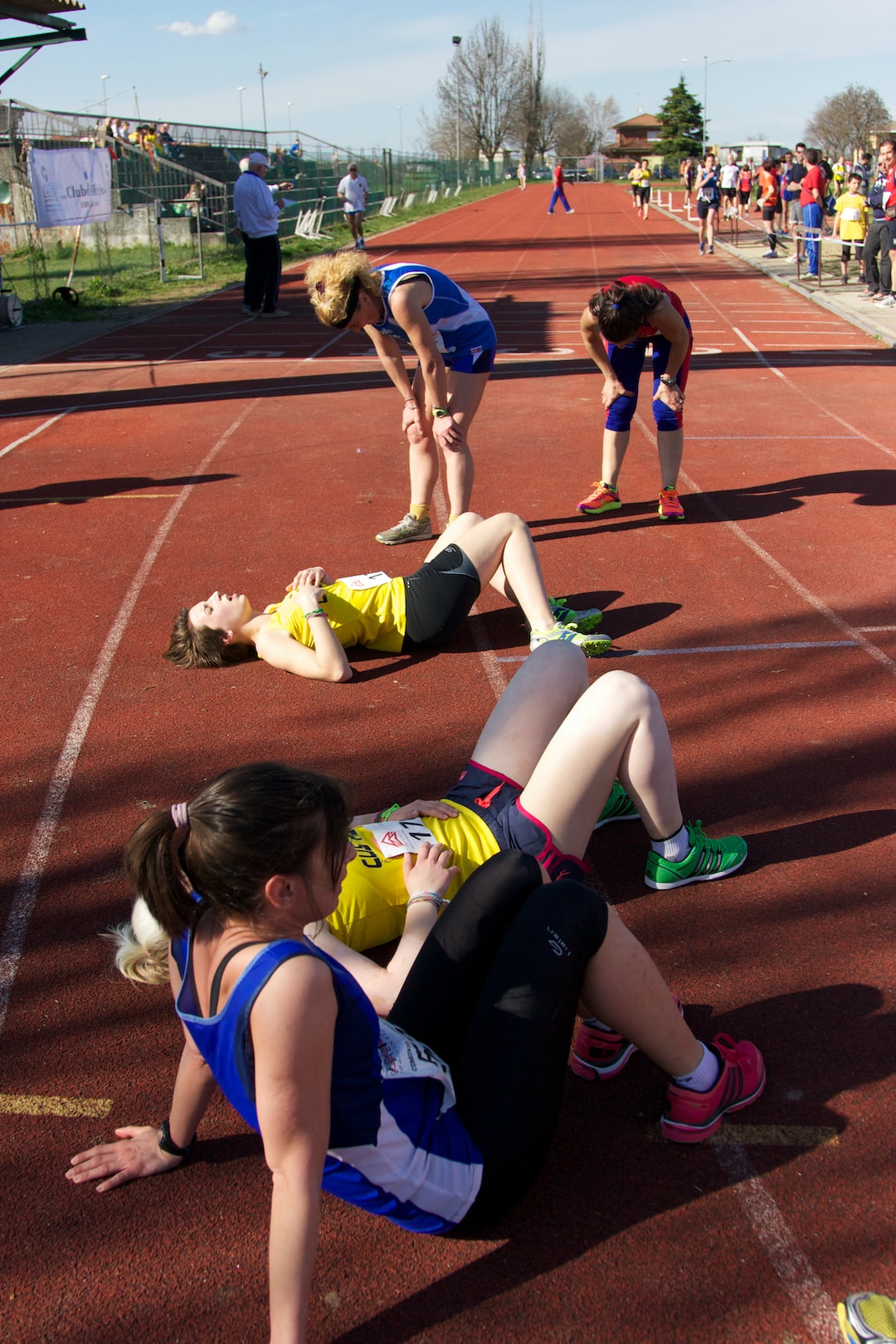Hurdles is one of the most challenging track and field events, combining speed, agility, and coordination. To excel in this sport, athletes must have superior form and technique, as well as the ability to maintain high speeds over long distances. Whether you’re a beginner or an experienced hurdler, training for the hurdles requires a combination of strength, speed, and endurance workouts, along with specific drills to improve your technique.
Start with Basic Drills
Before you begin advanced hurdle training, it’s important to start with basic drills to improve your form and technique. These drills focus on proper footwork, arm positioning, and stride length. Some of the basic drills include:
1. High Knee Hurdles: This drill involves jumping over hurdles while maintaining a high knee lift. It helps improve both speed and coordination.
2. One-Legged Hurdles: This drill is done by starting on one foot, hopping over the first hurdle, then switching to the other foot and hopping over the second hurdle. It helps develop balance, coordination, and rhythm.
3. Trail Leg Hurdles: This drill involves approaching the hurdle with one leg leading and the other leg trailing. As you jump over the hurdle, you kick your trailing leg high over the hurdle before bringing it back down to continue running. It helps develop proper trail leg technique.
Work on Your Strength
Hurdling requires strong legs, core, and upper body muscles, so it’s important to incorporate strength training into your routine. Some of the best exercises for hurdling include:
1. Squats: Regular squatting helps build leg strength, which is critical for hurdling.
2. Lunges: Lunges help develop leg muscles and improve balance, both of which are important for hurdling.
3. Planks: Planking helps build core strength, which is essential for maintaining proper form during the hurdles.
Speed and Endurance Training
To perform well in hurdles, you need to have both speed and endurance. Sprint workouts like interval training and hill sprints help improve your speed, while longer-distance runs help build endurance. It’s also important to incorporate speed drills like:
1. Acceleration Sprints: These short sprints focusing on increasing your speed quickly, helping you build your acceleration for the race.
2. Plyometrics Training: These exercises are mainly explosive movements, helping to improve muscle power, agility, and endurance.
3. Fartlek Drills: These drills are best for endurance and speed training, which helps to improve cardiovascular fitness.
Keep Practicing and Keep It Fun
The key to mastering the hurdles is to keep practicing, keeping your technique in mind. Make it a point to practice every day, including short sprinting drills and hurdle jumping sessions. Also, don’t forget to enjoy yourself. Hurdling can be challenging, but it’s also a lot of fun. Make it a point to enjoy the process, and the results will follow.
Final Thoughts
Whether you’re new to hurdles or an experienced athlete looking to improve your technique and speed, the key to success is a consistent training routine that incorporates strength, speed, and endurance workouts, along with specific drills to improve your technique. As with most sports, practice makes perfect, and with consistent and dedicated training, you can become a champion hurdler!

